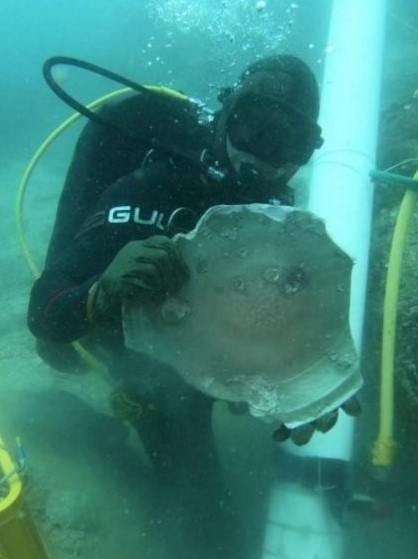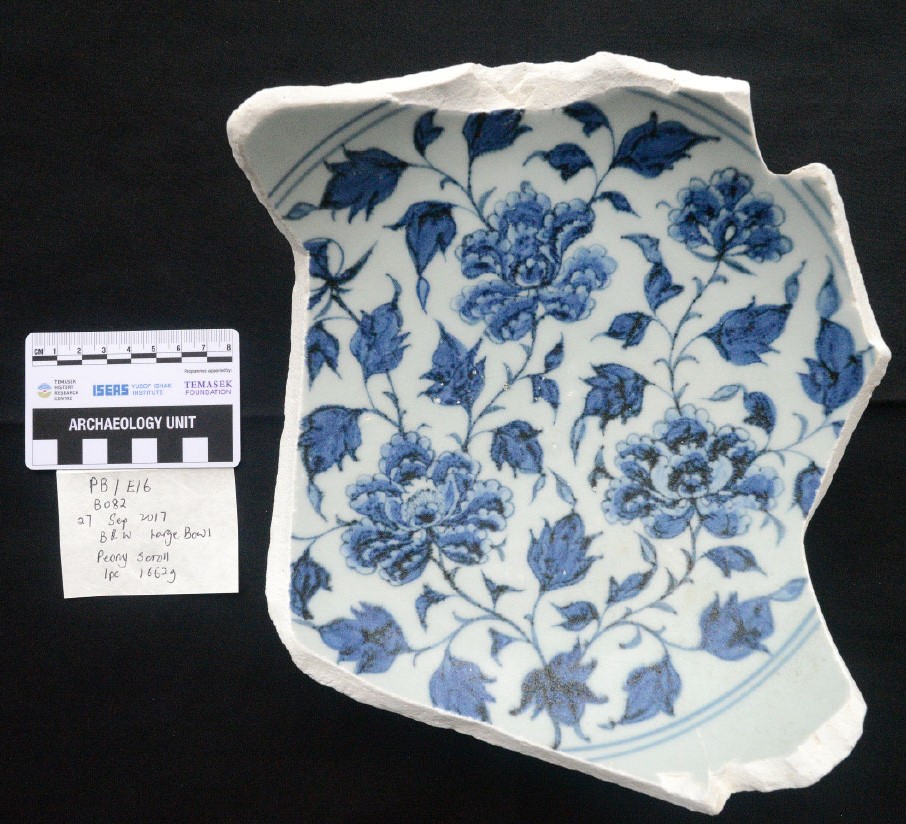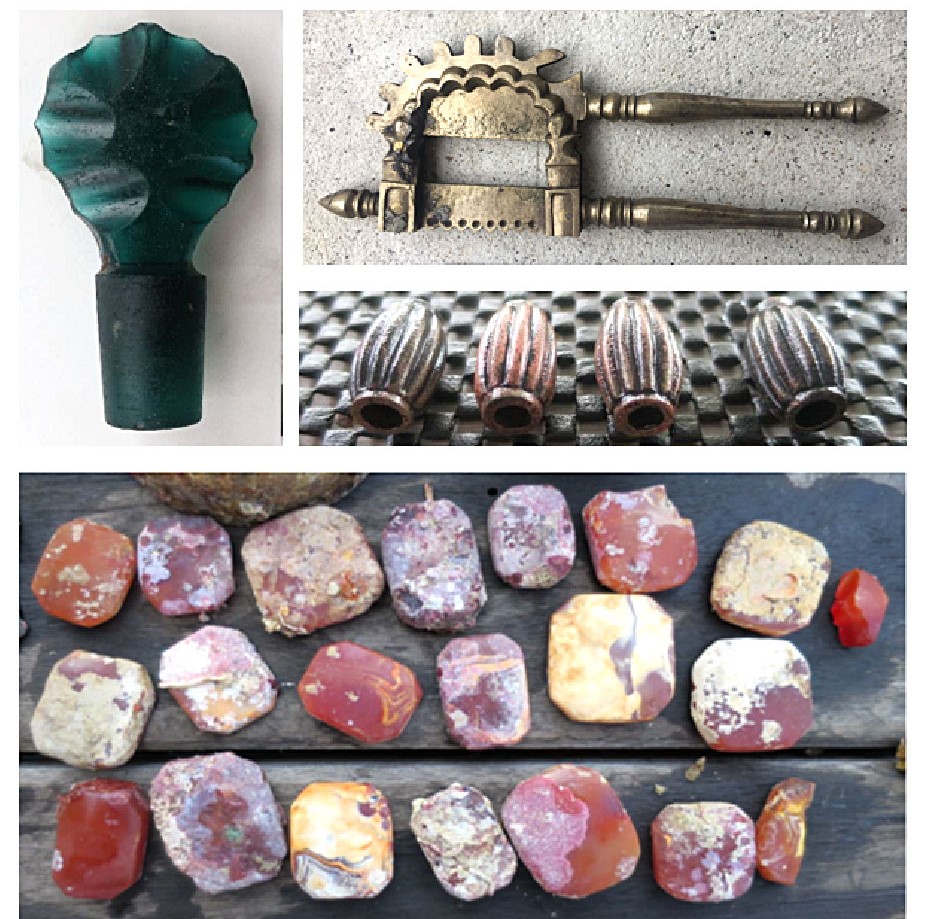In a revolutionary discovery sure to excite all (national) history enthusiasts out there, two shipwrecks have been excavated within our waters, which is a first for Singapore!
One shipwreck could possibly date back all the way to the 14th century, while the other dates back to the 18th century.
Both shipwrecks were found to be carrying Chinese ceramics, and they were discovered off Pedra Branca.
The artefacts are to be displayed in museums in Singapore starting the end of this year.
How the Wrecks Were Discovered
Back in 2015, commercial divers who had been conducting salvage works for another project had uncovered a number of ceramic plates, which they then handed over to ISEAS-Yusof Ishak Institute.

The institute dated the plates all the way back to the 14th century and began an excavation project in 2016 that is currently in its sixth year.
According to the National Heritage Board (NHB) and ISEAS, the wreck was found around 100m northwest of the island.
A survey of the area surrounding Pedra Branca led to the discovery of the second wreck. It was identified as the merchant vessel Shah Munchah that was built in India and which sank in 1796 as it was on its way back to India from China.

The vessel was located 300m east of Pedra Branca.
The second wreck is currently undergoing recovery works which are almost finished.
Artefacts That Were Found
Dr Michael Flecker, a maritime archaeologist, told The Straits Times on Monday that a variety of Chinese ceramics made up a large portion of the haul from the first wreck.
He also said that the Yuan blue-and-white ceramic haul from the first wreck is the largest that has been recovered from a shipwreck till this day. He said that there has been only three other wreck sites with Yuan blue-and-white porcelain, and they were found to be in “much smaller quantities”.

The ceramics found from the wreck are revealed to bear resemblance to those excavated at Empress Place in 2015. More research will be conducted to enhance existing knowledge on maritime trading history in the region during the period of the 14th century.
As for the Shah Munchah wreck site, there was a much wider variety of artefacts uncovered, including musical instruments and cannons. There were also other items such as metal betel nut cutters and wooden frame parasols that had been recovered.

The artefacts are currently being kept in facilities managed by NHB and ISEAS. They will be cleaned, conserved, and catalogued at these facilities.
The artefacts will be displayed by NHB in museums from the end of this year onwards, and ISEAS is likely to document their findings in reports and research papers.
Feature Image: ISEAS-Yusof Ishak Institute
Would you be jailed for being half-naked in public? Well, the answer will shock you. Seriously. Watch this to the end and you'll understand:




